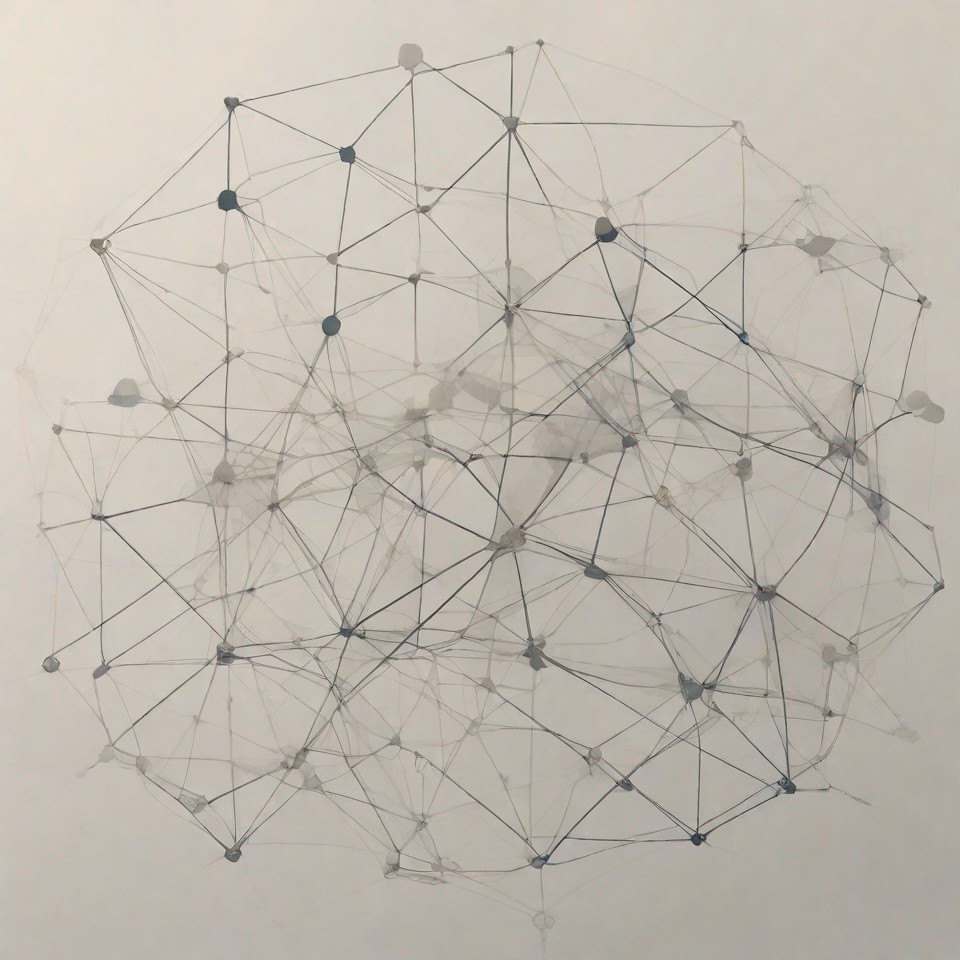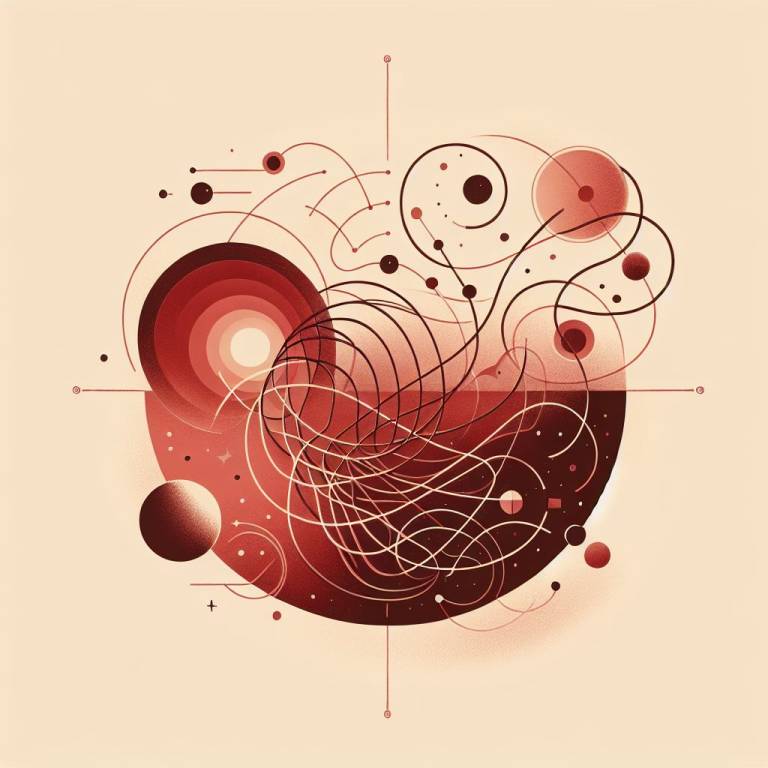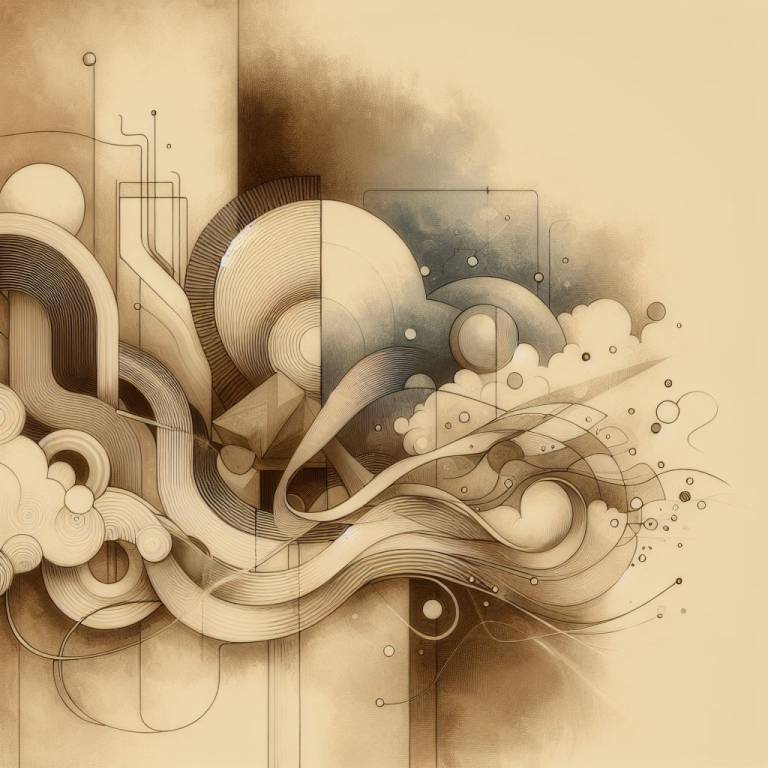A guiding question when thinking about multidisciplinarity in IR is whether there is something that we, as IR scholars, are not able to see. At issue in these discussions is also how we might best employ transdisciplinary insights to ensure the future dynamism and innovation of the field. In his article Pami Aalto (2015) advocates an extended systematic move from disciplinarity towards interdisciplinarity in order to increase the power of IR particularly while addressing practical but complex problems. The article by Ursula Daxecker, Annette Freyberg-Inan, Marlies Glasius, Geoffrey Underhill and Darshan Vigneswaran (2020) approaches the question of interdisciplinarity in IR from the perspective of the editors of the special issue for the 25th anniversary of one of the discipline’s flagship journals, the European Journal of International Relations.
Interdisciplinarity in IR practice
As there are many different terms used in the context of interdisciplinarity (e.g. Long 2011), it is useful to first clarify them. Aalto (2011) defines the concept of interdisciplinarity as a top-concept that he associates with an emphasis on an integrated approach in research, using multiple perspectives from different disciplines to explain a given problem of practical significance. In IR, interdisciplinarity can be defined as “an effort to systematically expand IR research towards a large number of disciplines and fields of study while building on past interdisciplinary approaches and accepting the coterminous presence of disciplinary IR” (Aalto 2011, 22).
Interdisciplinarity can be thought of as an effort to expand IR research
Additionally, multi- and transdisciplinarity can be separated from interdisciplinary. Here, multidisciplinary refers to problem-solving research where perspectives from multiple disciplines are involved with an emphasis on the coordination of various perspectives (Aalto ND). Transdisciplinarity refers to relatively ambitious scientific efforts which try to get beyond what single disciplines can do. They try to go beyond simply combining things and thus raise the level of the game (Aalto ND). As David Long (2011, 38) suggests, neodisciplinarity is a research approach that “argues for new and differently conceived disciplinary demarcation because certain persistent and prevalent social practices do not fit within disciplinary fields”.
Neodisciplinarity goes to the heart of IR as it prompts asking whether IR is a discipline at all, to what extent it is autonomous with regard to other social science disciplines, what constitutes its subject matter, or whether there is a core in it. Pami Aalto’s answer, in his video lecture, is that as IR theories come originally from other disciplines, IR has no own methods nor subject matter of its own. Due to this, it can be highly useful for the society as it allows concentrating on certain pressing problems such as peace and war (Aalto ND).
Interdisciplinarity could improve our capacity to address practical questions in the various domains of the ‘international’
In his article, Aalto (2015) demonstrates the value of the concept of interdisciplinarity in IR practice. He suggests that interdisciplinarity in IR could further the practical study of the ‘international’, and it should improve our power to address practical questions in the various domains of the ‘international’ which today are examined from several disciplinary and interdisciplinary perspectives. He illustrates this with the case of the international resource politics of the Arctic, which is approached by researchers from several disciplines such as international law, environmental sciences, geology and anthropology. Aalto claims that a purposefully interdisciplinary IR that studies international interactions could show how to bring these diverse disciplinary perspectives together respecting the interests of states, firms, indigenous peoples and the future of the planet.
Transdisciplinary move in state-centric IR
In their article, Ursula Daxecker, Annette Freyberg-Inan, Marlies Glasius, Geoffrey Underhill and Darshan Vigneswaran (2020) approach the interdisciplinary origin of IR more critically referring to its roots in state centrism, privileging of Europe and the West, and neglect of race and racism in the study and practice of IR.
Regarding the discussion on the discipline of IR, they pay attention to how disciplinary practice both shapes and constrains interdisciplinary academic labour and output. Also drawing on David Long’s definitions detailed above, they note that current IR studies increasingly reflect “transdisciplinary practice”. By this the authors refer to “scholarship occurring at the interstices between disciplines that is motivated more by the goal of resolving real-life questions and searching for missing links ‘outside the box’ than that of shaping the contours of an academic community or a defined knowledge base” (Daxecker et. al 2020, 9).
Transdisciplinarity creates an “opening” making it possible to observe what “IR does not see”
For Daxecker et al. transdisciplinarity represents a movement that abandons paradigmatic thinking in favour of a more pluralistic understanding of the research field. This movement, according to the editors, creates an “opening” that makes it possible to observe what “IR does not see”. Daxecker et al. argue that this opening makes it possible to critically re-evaluate IR’s old assumptions and to make room for emerging scholars from the Global South and other disciplines. Further, the opening can help us to revisit issues such as colonialism, sovereignty, diplomacy, and order with new perspectives based on more diversified lines.
Interdisciplinary is the core of IR but how to do it?
In the reading group, we discussed whether interdisciplinarity is worth debating in IR as international interactions are quite evidently approached as something complex and interconnected. Aalto’s article and lecture were appreciated particularly for providing basic definitions for the key modes of interdisciplinarity. Despite its many merits, we also discussed the rigidity of the framework proposed by Aalto as it does not leave much room for other ways of doing interdisciplinary research in IR. The article by the editorial team of the European Journal of International Relations was appreciated for its fresh and dynamic approach. In the discussion, it was raised that though the conceptualizations are helpful, yet more scholarly conversation is needed on what it means to do interdisciplinary research in IR.
More conversation is needed on what it means to do interdisciplinary research in IR
In the end, we were left pondering a question of disciplinary boundaries of IR: if we think of IR theories as something once borrowed but now constituting the core of the discipline and observe the current trends of “borrowing” from other disciplines, what might IR eventually look like?
References
Aalto, P. (ND). Interdisciplinarity. Introduction to Leadership for Change lectures. Tampere University’s Moodle learning management system. https://moodle.tuni.fi/login/index.php
Aalto, P. (2011). Introduction. In: Aalto P, Harle V. and Moisio S. (eds). International Studies: Interdisciplinary Approaches. London: Palgrave Macmillan, pp. 3–30.
Aalto, P (2015) Interdisciplinary International Relations in practice. International Relations 29(2), 255–259. https://doi-org.libproxy.tuni.fi/10.1177/0047117815585888c
Daxecker, U, Freyberg-Inan, A, Glasius, M, Underhill, G, & Vigneswaran, D. (2020). Introduction: Interdisciplinarity and the International Relations event horizon. European Journal of International Relations, 26(1_suppl): 3–13. https://doi-org.libproxy.tuni.fi/10.1177/1354066120952726
Long, D. (2011). Interdisciplinarity and the study of international relations. In Aalto P, Harle V, Moisio S International Studies: Interdisciplinary Approaches. London: Palgrave Macmillan, pp. 31–65.





